How To Build a Wildlife Pond in Your Backyard to Attract & Support Your Local Wildlife
Creating a wildlife pond in your yard is a great way to help your local native species and also add a gorgeous water feature to your landscape.
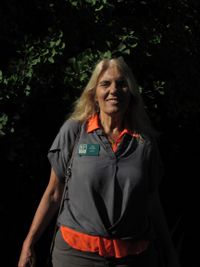
Kathleen Walters

You could install a fountain or a birdbath, but nothing is more rewarding and fascinating than a wildlife pond. Ponds help native wildlife, and ponds and water features are good for you too. Being near water can reduce stress and anxiety and even lower your heart rate and blood pressure.
Creating a backyard pond will help support your local wildlife by offering a habitat, native vegetation, and water for thirsty animals and beneficial insects. You can make a large, elaborate wildlife pond, but even building a small pond will help native animals.
Combine a pond’s natural beauty to the interest created by wildlife, and you’ll find that a pond is an unbeatable backyard project. How to go about creating a wildlife pond for animals? Read on for an overview of the process.
Creating a Wildlife Pond
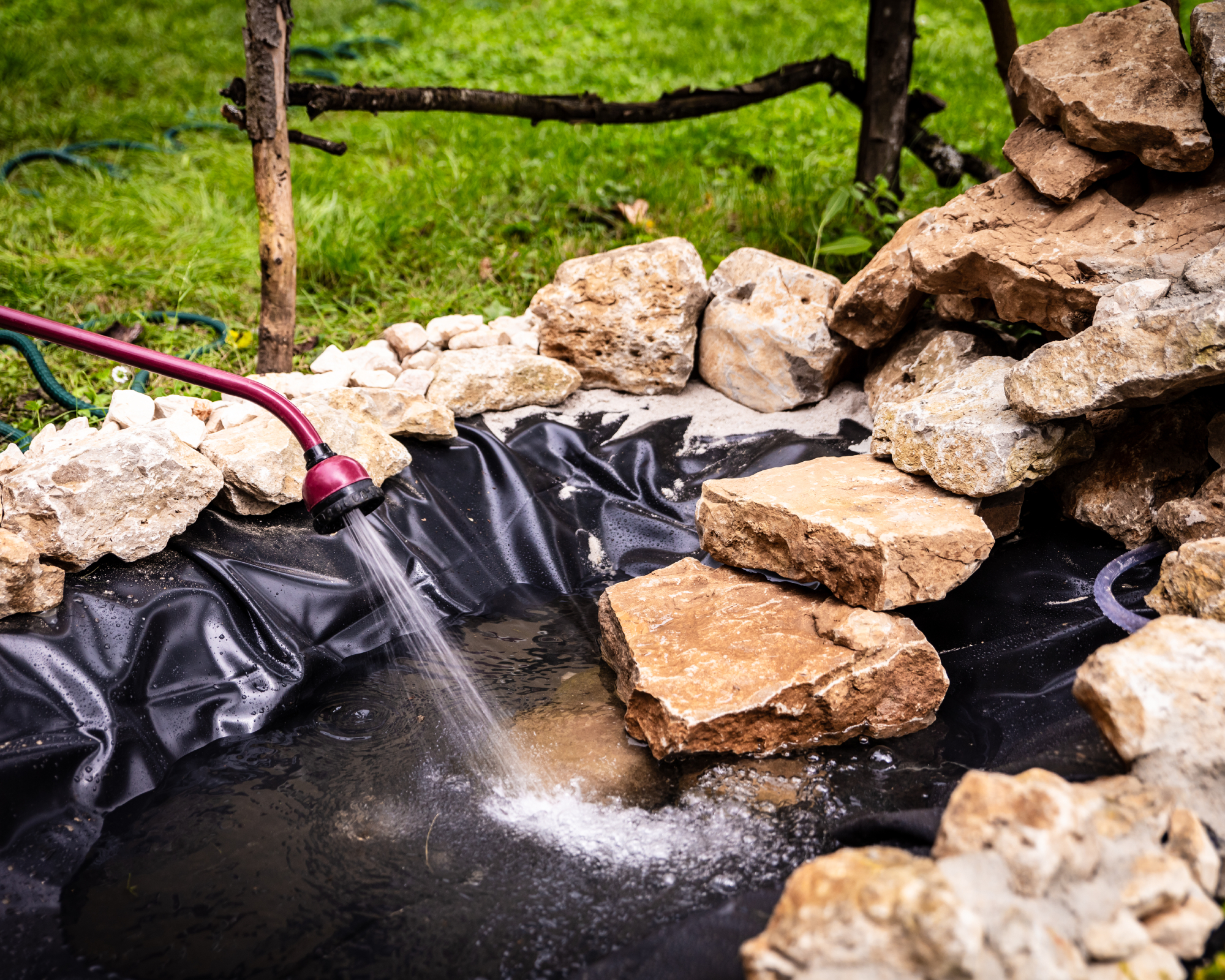
As wildlife ponds become increasingly popular, more “pre-made pond” options are coming on the market. Aquascape offers a large DIY ecosystem pond kit with a filtration system which is available on Amazon. Or Lowe's has a smaller, more affordable pond liner system.
But you don’t need to buy expensive pond systems. The best type of pond for attracting wildlife is an excavated area some 3 feet (1m) by 6 feet (2m), with a curved, irregular shape. The pond should blend in well with the natural landscape of the land.
To accommodate more species, make the pond at least 20 inches (50 cm) deep at the deepest part with a gradual slope. Plan a shallow water ‘beach’ area around at least one edge, to allow amphibians to enter and exit easily.
Once you have your dugout pond, you can use a 45-mil rubber liner to keep the water from getting muddy or absorbing into the ground around your new pond. You can find pond underlayment liners at Amazon.
Sign up for the Gardening Know How newsletter today and receive a free copy of our e-book "How to Grow Delicious Tomatoes".
Place small and large rocks around the edge of the pond in inside the pond to create different shelf layers for wildlife and plantings. Get creative with your border and mix areas of gravel, mulch, and shoreline plantings to make a natural-looking edge.
Wildlife Pond Edging Ideas
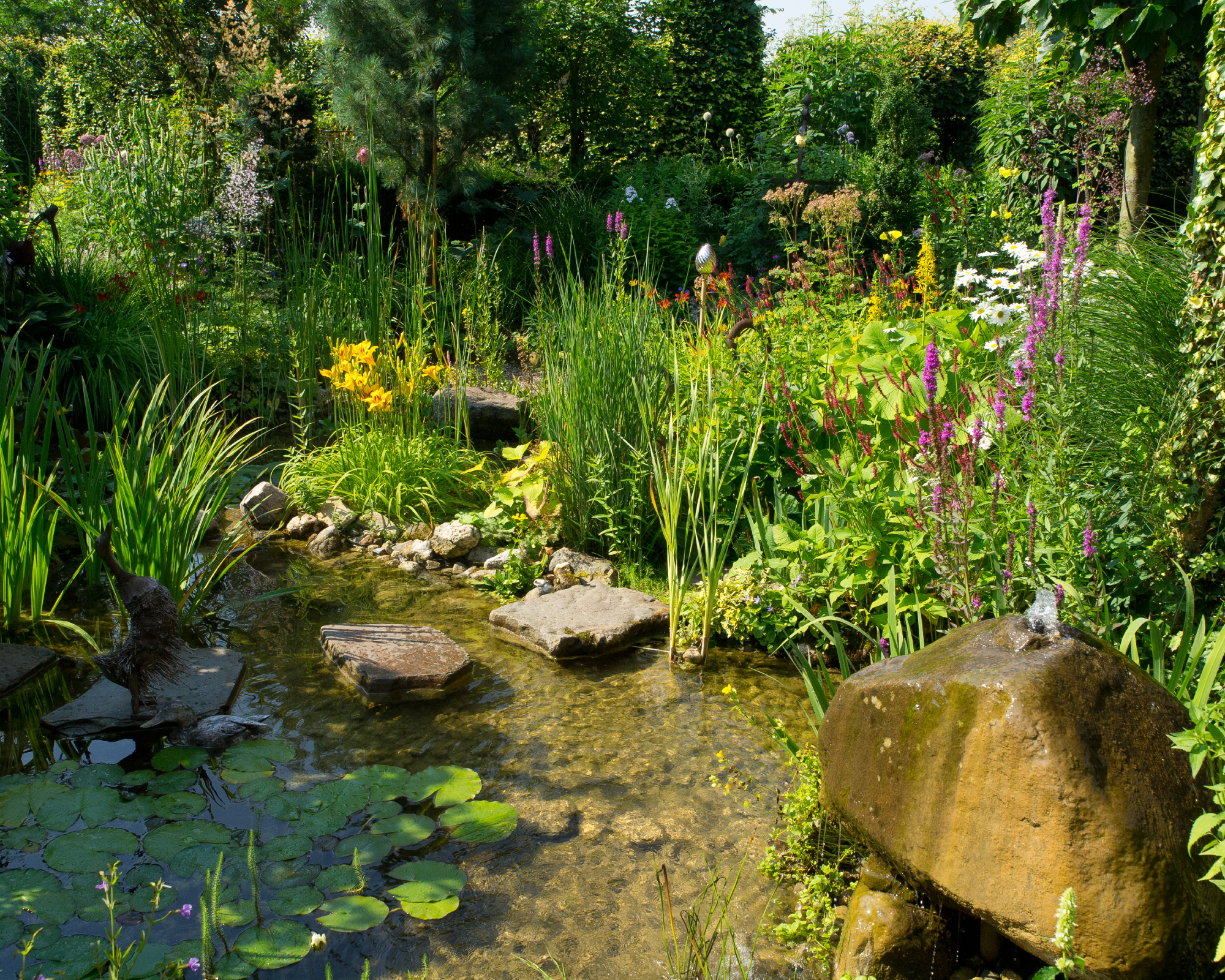
Ponds in nature always include plants, so you’ll want to add plants to your pond too. Aquatic plants and floating plants go into the pond, while marginal plants are planted on shelves within the pond and situated around its edges.
Planting around the edges of your pond will help you attract more wildlife, since they need a corridor of tall grass to move safely to the pond. Consider plants that will attract a variety of wildlife, like cattails, sedge grasses, pickerel rushes, irises, duckweed, and joe pye weed.
These are useful plants to wildlife since their seeds and leaves can be eaten, while their stems offer cover and even a place for nesting and hatching.
Create a backyard oasis for you and your local wildlife with pond plants available at the Home Depot.
Attracting Wildlife to Your Pond
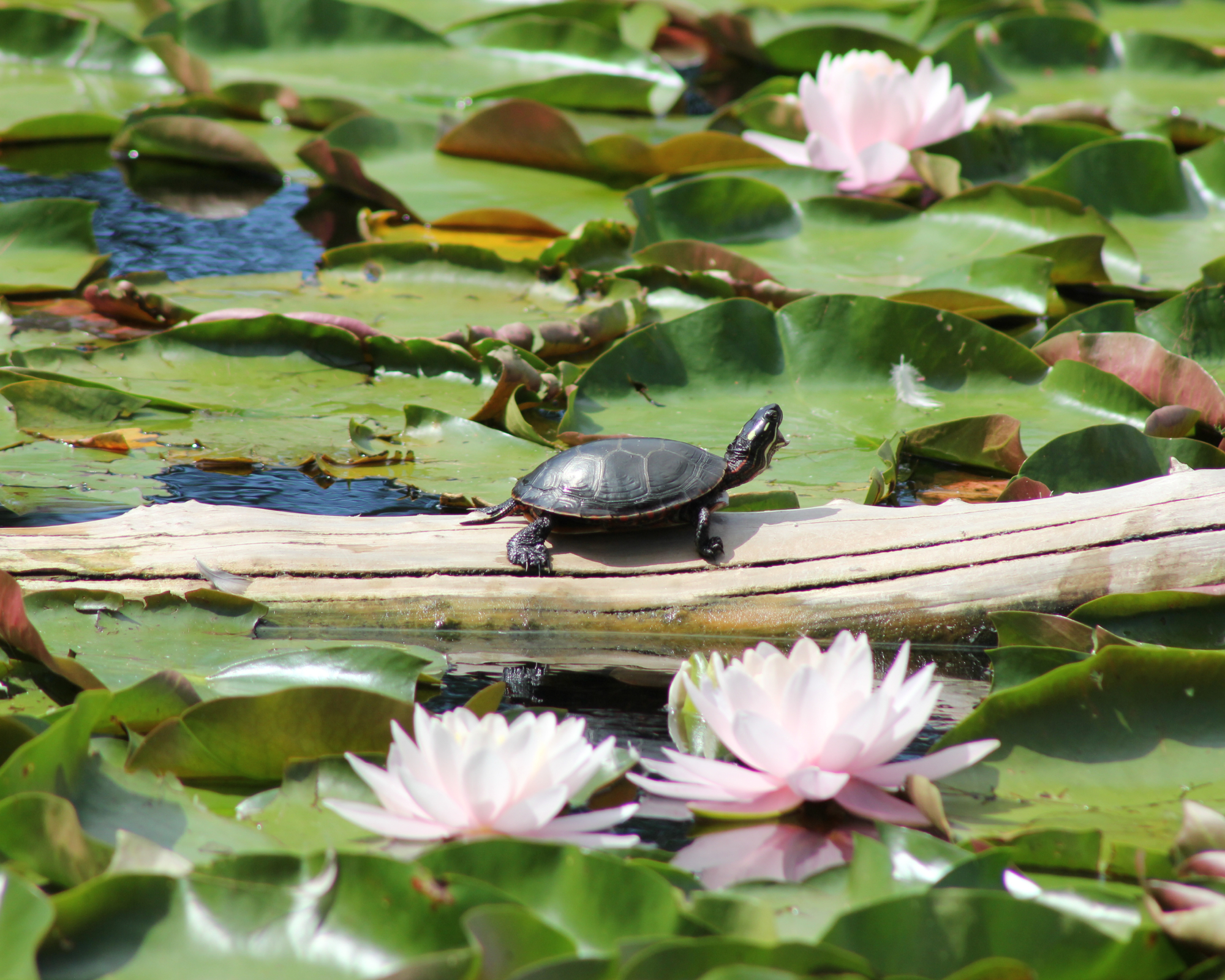
Once you have a pond in place, it will be hard to keep wildlife from moving in. You may consider it a backyard turtle pond, but don’t be surprised to see frogs, toads, lizards, salamanders and snakes in the water, as well as beneficial insects like dragonflies. Expect birds to drink from the pond and, if you have raccoons in your area, they will find their way to your pond to wash.
One easy way to attract turtles and other wildlife to the pond is to include rock outcroppings or to add half-submerged logs and branches to the pond edges. Turtles, frogs and snakes will use these structures for sunning, breeding, protection, and food supply. Include at least one flat slab, angled down to the water surface, to allow amphibians to enter and exit.
Pond Maintenance
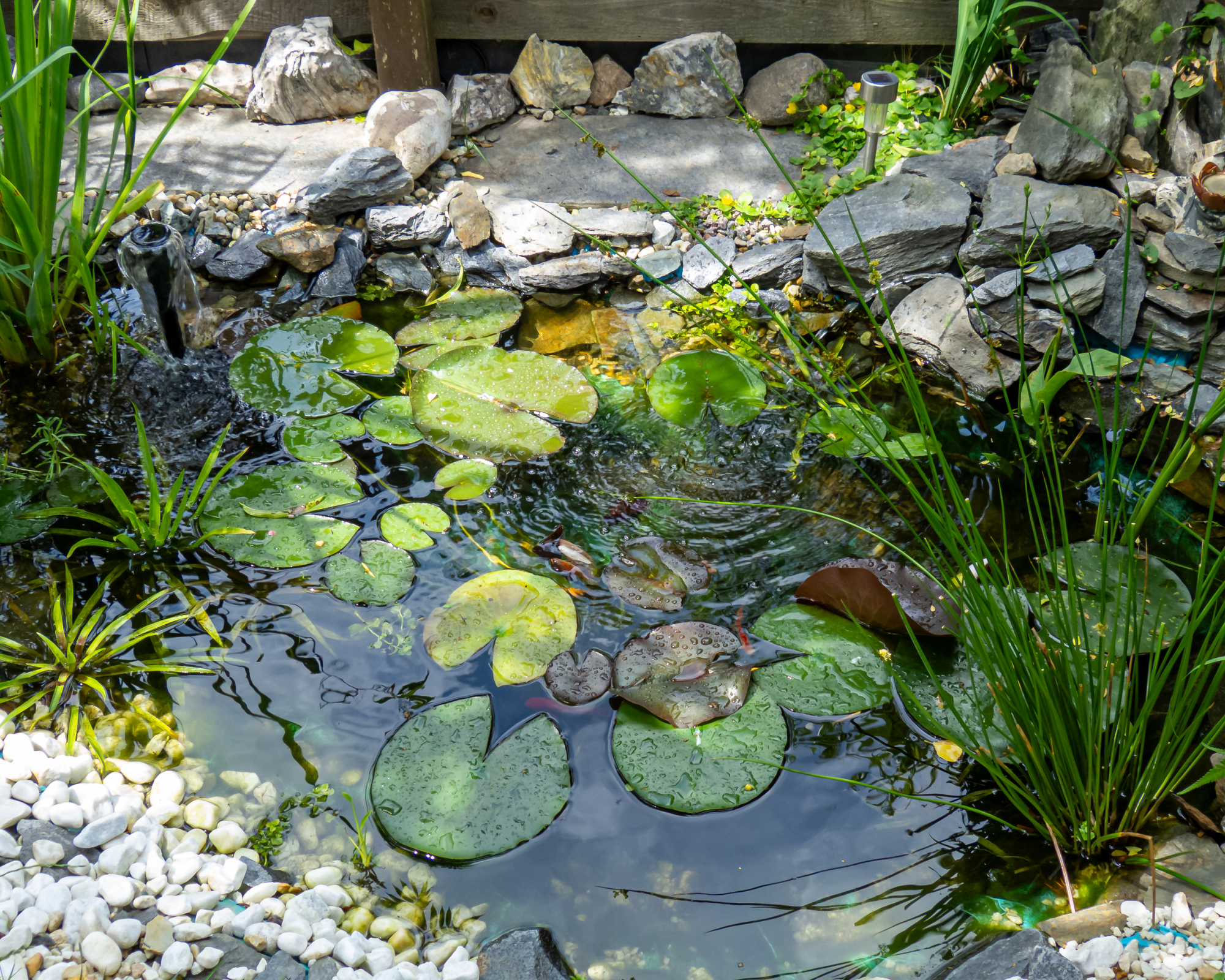
It is important to maintain your new wildlife pond so that it does not become smell, overgrown, or a mosquito pit. Cleaning out the pond every year will help to maintain it for many years to come, and adding a filtration system helps with daily maintenance. A good option is a submersible pond filter like the one from Aquascape which is available through Amazon.
It is also important to control mosquito populations in your pond, especially if you don't have anything that moves the water like a bubbler or fountain. A cheap and fool-proof way to keep mosquitoes from breeding in your new wildlife pond is to throw in a mosquito dunk every month. Safe for fish and wildlife, mosquito dunks are available at Amazon.
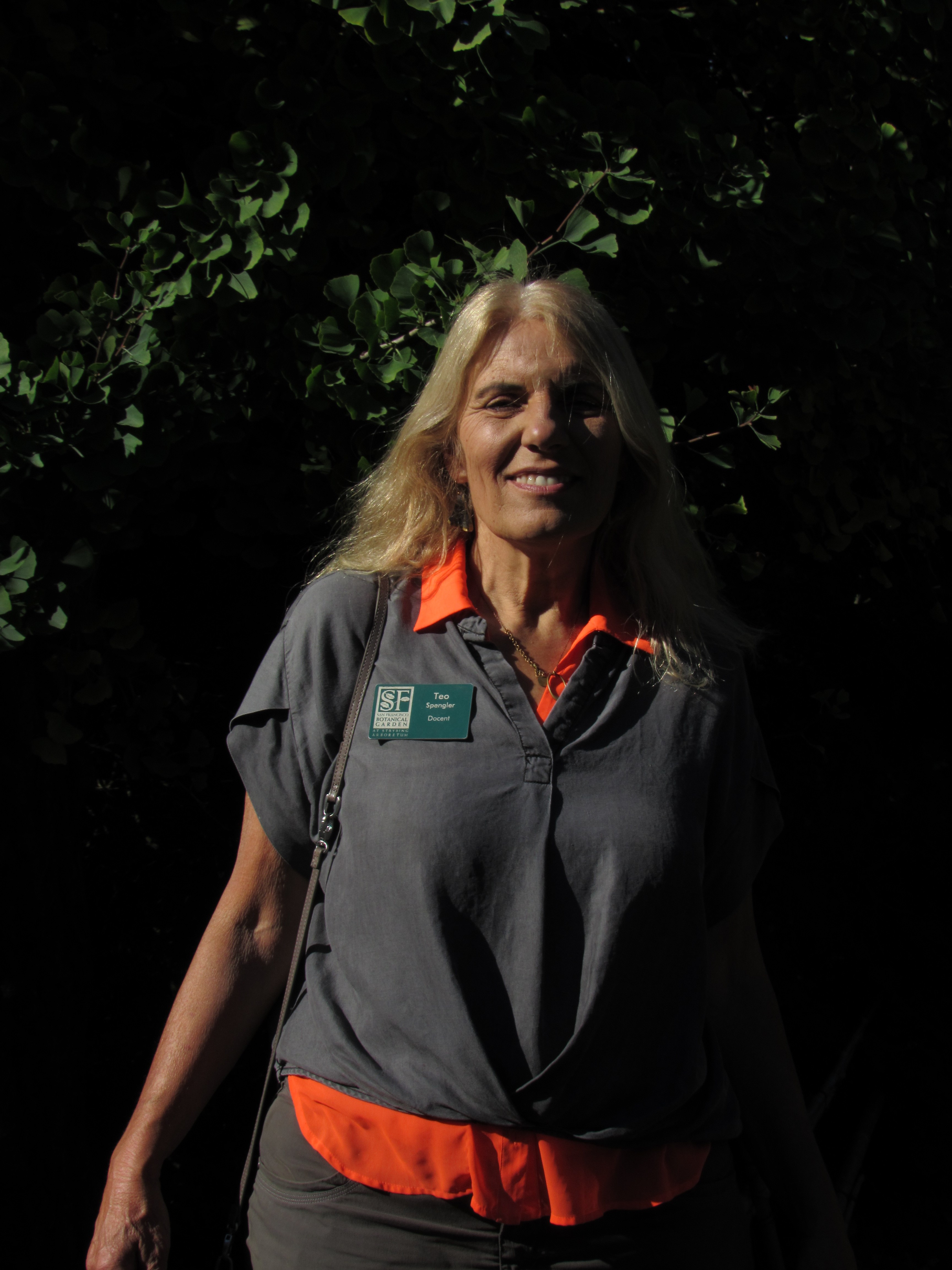
Teo Spengler is a master gardener and a docent at the San Francisco Botanical Garden, where she hosts public tours. She has studied horticulture and written about nature, trees, plants, and gardening for more than two decades, following a career as an attorney and legal writer. Her extended family includes some 30 houseplants and hundreds of outdoor plants, including 250 trees, which are her main passion. Spengler currently splits her life between San Francisco and the French Basque Country, though she was raised in Alaska, giving her experience of gardening in a range of climates.
- Kathleen WaltersContent Editor